水力旋流器流场大涡模拟及结构改进
摘要水力旋流器结构简单,应用广泛,但其内部流场的流动却相当复杂,还需要多方面的研究和探索。有关水力旋流器工程应用的数值研究大都会选用占用计算资源较少的κ-ε湍流模型,可以得到定性的分析结果;学术研究大都选用雷诺应力模型(Reynoldsstressmodel,RSM),主要考虑RSM模型中湍流粘度为各项异性,更符合实际过程;大涡模拟(Large-eddysimulation)虽具有更高的计算精度,但因为需要很大的计算资源而较少使用。本文将采用大涡模拟方法结合两相流模型模拟水力旋流器内流场,以期通过局部流动的特点,指导改进水力旋流器的结构以及调整合适的运行参数。探索大涡模拟方法在水力旋流器设计方...
相关推荐
-
我国基层财政困难的制度成因分析与对策研究VIP免费
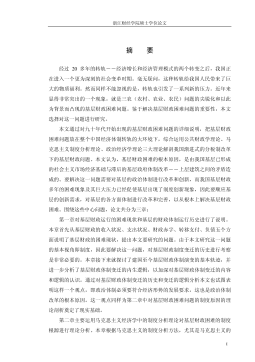
 2024-09-20 33
2024-09-20 33 -
我国煤电产业链纵向交易合约机制研究VIP免费
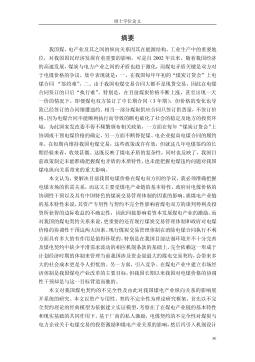
 2024-09-20 28
2024-09-20 28 -
生产要素视角下的上海市产业结构优化研究VIP免费
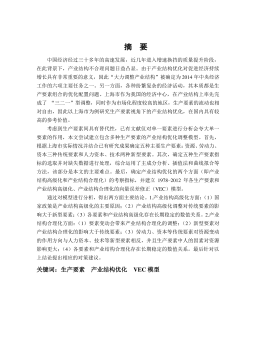
 2025-01-09 7
2025-01-09 7 -
我国银行业结构与经济结构关系研究VIP免费
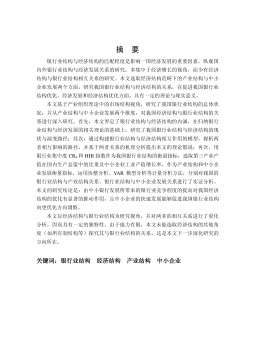
 2025-01-09 7
2025-01-09 7 -
大数据视角下农业供应链金融研究VIP免费
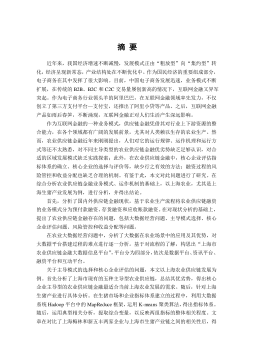
 2025-01-09 6
2025-01-09 6 -
跨国大型综合超市的规划研究VIP免费
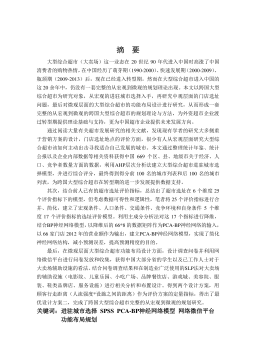
 2025-01-09 6
2025-01-09 6 -
跨境电商农产品质量安全问题研究VIP免费
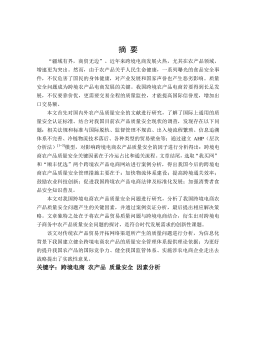
 2025-01-09 8
2025-01-09 8 -
世界市场的虚拟化与我国国际电子商务发展方向研究VIP免费
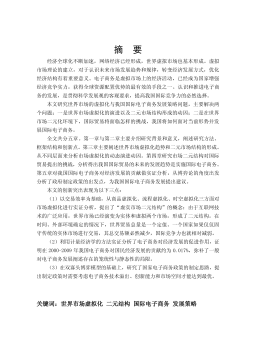
 2025-01-09 9
2025-01-09 9 -
中国政府对电力行业的价格规制问题研究VIP免费
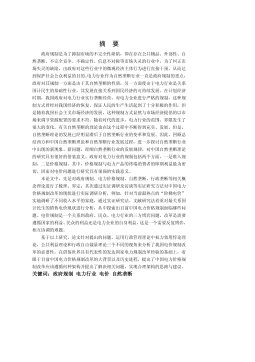
 2025-01-09 14
2025-01-09 14 -
中小企业信息化系统集成技术研究VIP免费

 2025-01-09 14
2025-01-09 14
作者详情
相关内容
-

跨国大型综合超市的规划研究
分类:高等教育资料
时间:2025-01-09
标签:无
格式:PDF
价格:15 积分
-

跨境电商农产品质量安全问题研究
分类:高等教育资料
时间:2025-01-09
标签:无
格式:PDF
价格:15 积分
-

世界市场的虚拟化与我国国际电子商务发展方向研究
分类:高等教育资料
时间:2025-01-09
标签:无
格式:PDF
价格:15 积分
-

中国政府对电力行业的价格规制问题研究
分类:高等教育资料
时间:2025-01-09
标签:无
格式:PDF
价格:15 积分
-

中小企业信息化系统集成技术研究
分类:高等教育资料
时间:2025-01-09
标签:无
格式:PDF
价格:15 积分






